Sale plutonium and depleted uranium
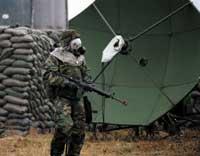
The world is facing a new threat: there are 3 million impoverished uranium and plutonium bombs. The U.S. launched the first plutonium bomb in 1945, and the impoverished uranium weapons were used for the first time in 1991 in Iraq. Since then, as essential material to win wars, in 1995 they have also been used in Bosnia and in 1999 in Kosovo. As a result, about 300,000 kilos of depleted, radioactive uranium were dispersed in the vicinity of Iraq, Kuwait and Saudi Arabia, with 300 to 800 bullets buried in Iraq and Kuwait. The U.S. and British armies (according to English biologist Roger Coghill, Kosovo and Serbia realized that in the wars of Bosnia and Kosovo 9,000 and 15,000 depleted uranium shells were launched respectively).
Most experts say that it has directly influenced the environment and health. In addition, if at the beginning of spring the proliferation of cases of leukemia in soldiers was widespread, the most dramatic consequences will be suffered by its inhabitants. Although the data is yet to be determined, some experts say that 10,000 people will die in Kosovo for poor uranium. In addition, of the 697,000 US soldiers who participated in the Persian Gulf war, 130,000 have respiratory, liver and kidney dysfunctions, memory loss, headaches, fever... and other diseases.
What are depleted uranium and plutonium?
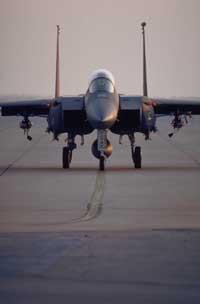
Plutonium is an unstable radioactive chemical but not present in nature. It is an artificial element that is obtained by bombarding uranium with neutrons. Very dangerous due to the radioactivity it emits. It is used to produce atomic bombs and fuel in nuclear reactors. The first plutonium bomb was launched in the desert of New Mexico on July 16, 1945.
Depleted uranium is the enriched uranium residue used in atomic weapons and nuclear power plants. Although reactive (unlike other isotopes of uranium), in itself it is not dangerous, but an impact turns it into dust and burns naturally. Thus, when launching military material, small radioactive particles are formed. These particles are dispersed by the wind and breathed by the inhabitants of the environment and animals, reaching lungs or kidneys. The removal of these particles is very difficult for the body, and their overinhalation causes diseases in the medium term, from headache to cancer.
People of different races, men or women, soldiers or civilians can also get sick. The nuclear military materials provoke a great slaughter. But after all there is no war that benefits and, therefore, the use of depleted uranium is not so surprising (although it is always painful). But, as we have said, not only the enemy, but the soldier who uses an impoverished uranium pump has a great chance of getting sick. Knowing this, why are they still using impoverished uranium military material?
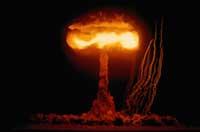
The answer is unique: the military uses uranium impoverished by its small mass. It increases kinetic energy, increasing the penetration capacity of ammunition. Thus, the howitzer has the ability to overcome any shielding system. Whether or not harmful to health, the army gives equal. Alain Richard, French defense minister, defends the use of nuclear military material, "because not using it would be to lose advantage in opposing battles."
Black market plutonium
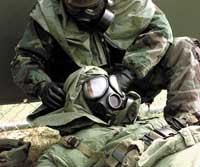
As such dangerous elements, it is surprising to observe how plutonium and depleted uranium can be acquired in the black market and easily. The radioactive material disappears unconsciously, there is no control in the limits, the control materials do not work and the smuggling is very widespread. This is the description made by the International Atomic Energy Agency in May at the Stockholm congress on the status of transactions of radioactive elements.
Since 1993 there have been 550 accidents in the transport of nuclear materials and in 1999 and 2000 there have been twice as many accidents as in 1996. In the first quarter of 2001, 20 cases were confirmed. However, these catches are insignificant in the black market of depleted uranium and plutonium. According to German expert Ian Ray, only 5% to 10% of the radioactive elements marketed in the black market are captured. In the congress it was emphasized that obsolete detectors and inadequate laws are what make this traffic so easy.
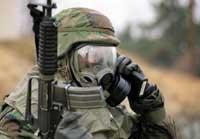
The congress has insisted on the risks posed by this black market. Being available to anyone, since it is enough to combine it with conventional pumps to contaminate large spaces or simply disperse them by air systems of any construction. But, in short, the problem is not that depleted uranium and plutonium depend on the army or the mafia. But who makes and how much they damage the environment and health.
Published in 7K
Buletina
Bidali zure helbide elektronikoa eta jaso asteroko buletina zure sarrera-ontzian











